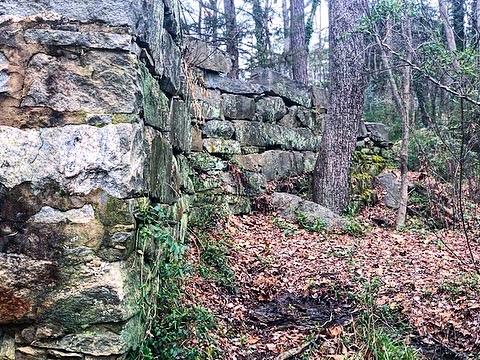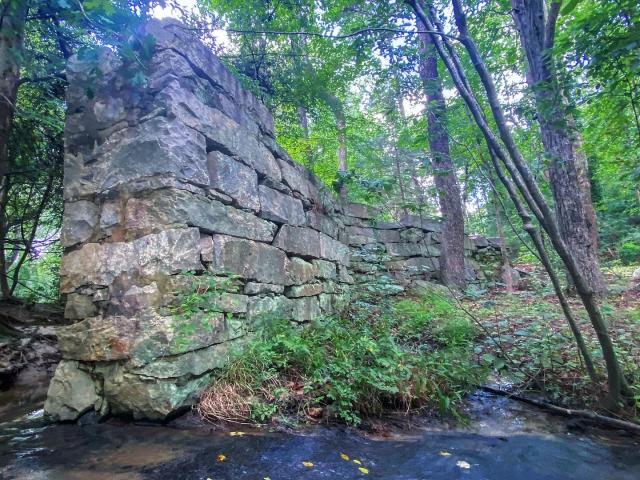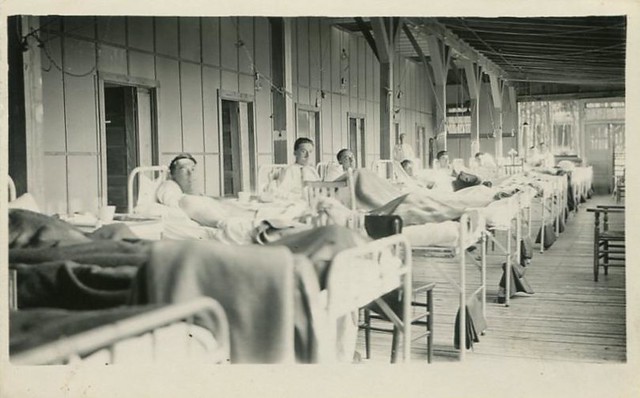
People who've lived in Raleigh since before the 1970s may recall a time when the area known as 'North Raleigh' was still called Millbrook Village. The little white post office was still standing and the enormous mill standing by Falls Lake hadn't yet been turned into apartments.

Today, very few remnants of the Millbrook community still remains. Some abandoned homesteads can be found near Falls Lake – ruins from another civilization, another era. Two of the community's original churches, which originally met in brush arbors, still congregate today, holding memories from the bygone time.
And many locals would be surprised to discover that 150+ year old remains of an old, abandoned mill still stands, nearly unrecognizable from its former life, on the banks of Marsh Creek.
In fact, this stone relic is believed to be the original 'mill brook,' from which the entire Millbrook community – and modern day Millbrook Road – takes its name.

The hidden history of Millbrook Village
The remains of the Millbrook community have slowly faded over the years after being annexed by Raleigh. I grew up in Millbrook in the 1980s and went to Millbrook Elementary – but by then the area was just called 'North Raleigh.'
However, those who have lived in Millbrook Village long enough can share stories from a time before the area belonged to Raleigh.
"In the early 1860s a community developed along US-1, six miles north of downtown Raleigh near an important gristmill situated on Marsh Creek," wrote Dr. Phil Ashburn of Millbrook United Methodist Church, one of the community's earliest church congregations.
The churches know about the secret mill remains very well, with oral histories passed down by older church members that this stone structure is indeed the original 'Mill Brook.'
According to Ashburn, the Millbrook community formed in the early 1860s, developing along US-1 around six miles north of downtown Raleigh near "an important gristmill situated on Marsh Creek."
"The well-hidden stone foundation is rumored to remain," he writes.
The Mill Brook community grew around the Raleigh-Gaston Railroad, which built a station in the village in 1860, according to Asburn.Both the Millbrook United Methodist congregation and the Millbrook Baptist Church congregation originally met outdoors, gathering in 'brush arbors,' which were slightly sheltered by overhanging leaves and encircling bushes. In fact, the Harris Teeter at North Ridge Shopping Center, near the Millbrook Exchange Park, is built very close to the original brush arbor for a Millbrook church congregation.
"Most of the farms ranged from 50 to several hundred acres, so the families did not live close to one another. The main crops were corn, cotton, wheat and vegetables. Each family owned cows, chickens and hogs. Before the area had churches, the people assembled at a brush arbor for corporate worship to seek God’s blessings," according to the history of Millbrook Baptist Church.
While most Raleighites and historians have only recently 'discovered' the mill's remains, residents of the neighborhoods around the old granite mill have long known about the structure. However, many of them did not realize it was a mill, nor did they know exactly how historically important the structure was.

Many historians who have examined or studied the mill have theorized this structure is the original 'Mill Brook' for which Millbrook Village and Millbrook Road took their names.
Other roads in the surrounding area include Grist Mill Road, Old Forge Road, Harps Mill Road and Hunting Ridge Road. What old foundations and historic places might these road names recall?
The WRAL Hidden Historian took viewers on a live exploration of the remains of this abandoned historic relic on WRAL's Facebook. Tune in then to see the live exploration, and more history of the lost legacy of Mill Brook Village and its neighboring community of Six Forks.





